| Selo | ibidem-Verlag Haunschild Schoen GbR |
|---|---|
| Edição | 0 |
| Idioma | Inglês |
| Autores | Oliver Rogall |
| Acabamento | Capa Comum |
| Quantidade de Páginas | 144 |
| Origem | Literatura Estrangeira |
 TDICs e Sociologia: propostas pedago?gicas: (volume 2)
TDICs e Sociologia: propostas pedago?gicas: (volume 2)
Editora Café com Sociologia
R$ 47,90 à vista Construindo Contextos: Uma contribuição sociológica para compreender a relação indivíduo e sociedade
Construindo Contextos: Uma contribuição sociológica para compreender a relação indivíduo e sociedade
Editora Viseu
R$ 53,03 à vista A coopetição como estratégia de fortalecimento das capacidades dinâmicas
A coopetição como estratégia de fortalecimento das capacidades dinâmicas
Editora Viseu
R$ 47,90 à vista Mitos, arquétipos e narrativa
Mitos, arquétipos e narrativa
Editora Viseu
R$ 38,90 à vista Fazer-se um corpo no funk
Fazer-se um corpo no funk
Editora Viseu
R$ 40,90 à vista Maçonaria de A a Z
Maçonaria de A a Z
Omnia Veritas Ltd
R$ 177,83 ou até 3x sem juros Realist Criminology
Realist Criminology
Springer Nature B.V.
R$ 344,44 ou até 3x sem juros $2.00 a Day
$2.00 a Day
HARPERCOLLINS
R$ 132,55 ou até 2x sem juros Genres of Listening
Genres of Listening
Duke University Press
R$ 230,93 ou até 3x sem juros Les Fables de la Fontaine
Les Fables de la Fontaine
Books on Demand
R$ 229,30 ou até 3x sem juros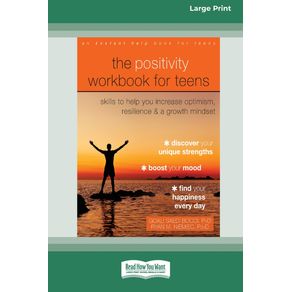 The Positivity Workbook for Teens
The Positivity Workbook for Teens
ReadHowYouWant.com Pty Limited
R$ 161,71 ou até 3x sem juros Clearing the Waters
Clearing the Waters
Hadean Press Limited
R$ 123,90 ou até 2x sem juros Scotch Rite Masonry Illustrated
Scotch Rite Masonry Illustrated
Legare Street Press
R$ 196,99 ou até 3x sem juros Freemasonry Exposition
Freemasonry Exposition
Lushena Books
R$ 88,36 à vista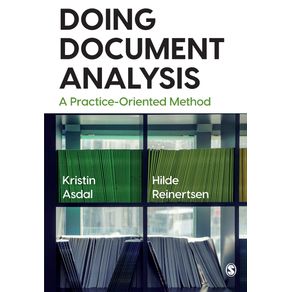 Doing Document Analysis
Doing Document Analysis
Sage Publications
R$ 388,03 ou até 3x sem juros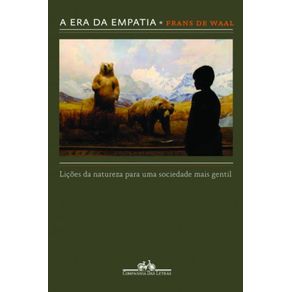 A era da empatia
A era da empatia
Companhia das Letras
R$ 89,90 à vista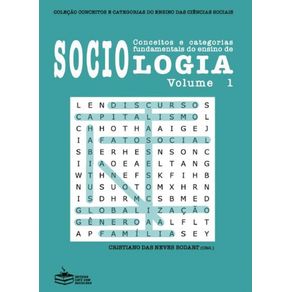 Conceitos e categorias do ensino de Sociologia, vol.1
Conceitos e categorias do ensino de Sociologia, vol.1
Editora Café com Sociologia
R$ 43,90 à vista Sete lições sobre as interpretações do Brasil
Sete lições sobre as interpretações do Brasil
Alameda
R$ 95,00 à vista O Enfraquecimento do Pai
O Enfraquecimento do Pai
Editora Viseu
R$ 40,90 à vista Mitos, arquétipos e narrativa
Mitos, arquétipos e narrativa
Editora Viseu
R$ 38,90 à vista A Therapists Guide
A Therapists Guide
PATH
R$ 115,76 ou até 2x sem juros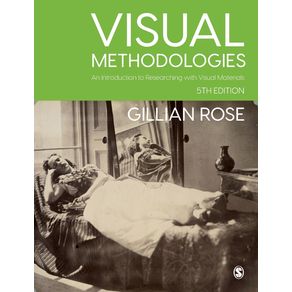 Visual Methodologies
Visual Methodologies
Sage Publications
R$ 485,02 ou até 3x sem juros Buddhism in Iran
Buddhism in Iran
Springer Nature B.V.
R$ 350,56 ou até 3x sem juros TV Lobotomy
TV Lobotomy
Max Milo Editions
R$ 157,43 ou até 3x sem juros $2.00 a Day
$2.00 a Day
HARPERCOLLINS
R$ 132,55 ou até 2x sem juros Polemica in Difesa Della Scuola Criminale Positiva
Polemica in Difesa Della Scuola Criminale Positiva
Legare Street Press
R$ 240,89 ou até 3x sem juros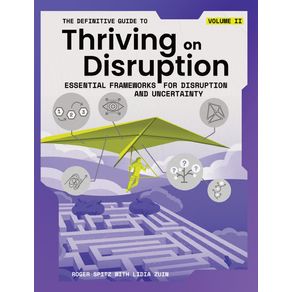 The Definitive Guide to Thriving on Disruption
The Definitive Guide to Thriving on Disruption
Disruptive Futures Institute
R$ 250,93 ou até 3x sem juros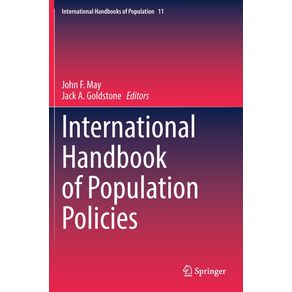 International Handbook of Population Policies
International Handbook of Population Policies
Springer Nature B.V.
R$ 2.268,03 ou até 3x sem juros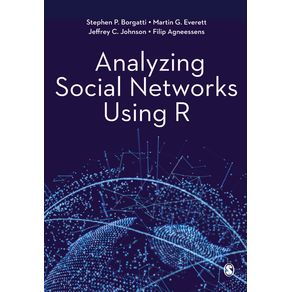 Analyzing Social Networks Using R
Analyzing Social Networks Using R
Sage Publications
R$ 415,55 ou até 3x sem juros Doing Document Analysis
Doing Document Analysis
Sage Publications
R$ 388,03 ou até 3x sem juros TDICs e Sociologia: propostas pedago?gicas: (volume 2)
TDICs e Sociologia: propostas pedago?gicas: (volume 2)
Editora Café com Sociologia
R$ 47,90 à vista TDICs e Sociologia: propostas pedago?gicas (volume 1)
TDICs e Sociologia: propostas pedago?gicas (volume 1)
Editora Café com Sociologia
R$ 45,90 à vista O feminismo presente em casa de bonecas
O feminismo presente em casa de bonecas
Editora Viseu
R$ 28,90 à vista A coopetição como estratégia de fortalecimento das capacidades dinâmicas
A coopetição como estratégia de fortalecimento das capacidades dinâmicas
Editora Viseu
R$ 47,90 à vista A ação coletiva e seus sentidos
A ação coletiva e seus sentidos
Editora Viseu
R$ 98,90 à vista Fazer-se um corpo no funk
Fazer-se um corpo no funk
Editora Viseu
R$ 40,90 à vista A Therapists Guide
A Therapists Guide
PATH
R$ 115,76 ou até 2x sem juros Visual Methodologies
Visual Methodologies
Sage Publications
R$ 485,02 ou até 3x sem juros Realist Criminology
Realist Criminology
Springer Nature B.V.
R$ 344,44 ou até 3x sem juros Buddhism in Iran
Buddhism in Iran
Springer Nature B.V.
R$ 350,56 ou até 3x sem juros Polemica in Difesa Della Scuola Criminale Positiva
Polemica in Difesa Della Scuola Criminale Positiva
Legare Street Press
R$ 240,89 ou até 3x sem juros Clearing the Waters
Clearing the Waters
Hadean Press Limited
R$ 123,90 ou até 2x sem juros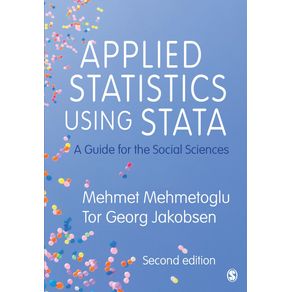 Applied Statistics Using Stata
Applied Statistics Using Stata
Sage Publications
R$ 449,95 ou até 3x sem juros Surfside
Surfside
Indy Pub
R$ 118,01 ou até 2x sem juros Margaret Mahler
Margaret Mahler
McFarland and Company, Inc.
R$ 293,14 ou até 3x sem juros